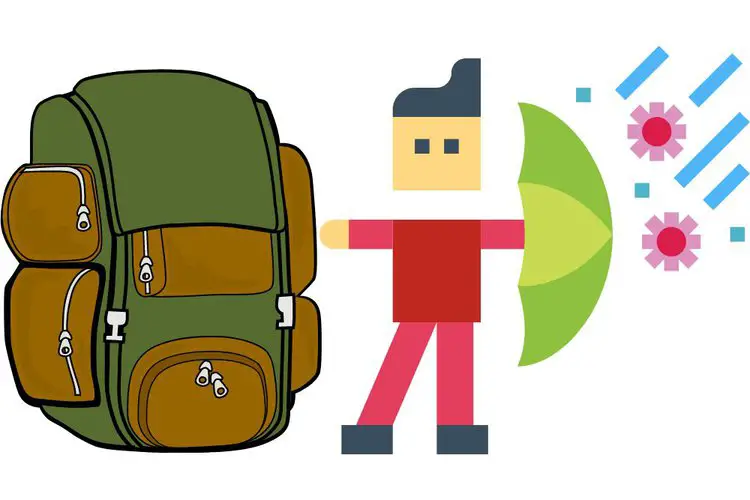As I walked deeper into the woods, I noticed that the terrain was becoming increasingly rough and rocky. But I was determined to push on, ignoring the twinges of pain in my feet and the growing sense of unease in my gut.
That was my first mistake. I should have stopped and assessed the situation, taking a moment to consider whether I was really equipped to handle such difficult terrain. But I didn’t, and so I continued on, convinced that I could handle anything that came my way.
As I reached the summit of the mountain, I paused to take in the stunning view. But as I turned to begin the descent, I noticed that something was off.
My backpack felt lighter than it should have been, and I realized with a sickening feeling that I must have left something important behind.
That was my second mistake. I should have double-checked my gear before setting out, making sure that everything was securely in place. But I didn’t, and so I was now faced with the very real possibility that I had lost something crucial.
As I hurried back down the mountain, retracing my steps and scouring the rocky terrain, I felt a sense of panic rising in my chest. What if I couldn’t find what I had lost? What if I was stranded out here with no way to survive?
That was my final mistake. I should have stayed calm and focused, approaching the situation with a clear head and a determined spirit. But I didn’t, and so I was left scrambling and desperate, frantically searching for something that might be lost forever.
In the end, I did find what I had lost. It was a small item, but one that could have had serious consequences if I hadn’t recovered it. And as I trudged back to my car, exhausted and humbled by my mistakes, I knew that I had learned a valuable lesson.
Sometimes, the most important part of any adventure is the preparation. And if you don’t take the time to prepare properly, you may find yourself making mistakes that could have been easily avoided.
Contents
Dangers of Hiking Backpacks
Before we get into how to protect your backpack, let’s take a look at some of the dangers that can threaten your gear.
By understanding these risks, you can better prepare for your next hike and take steps to safeguard your equipment.
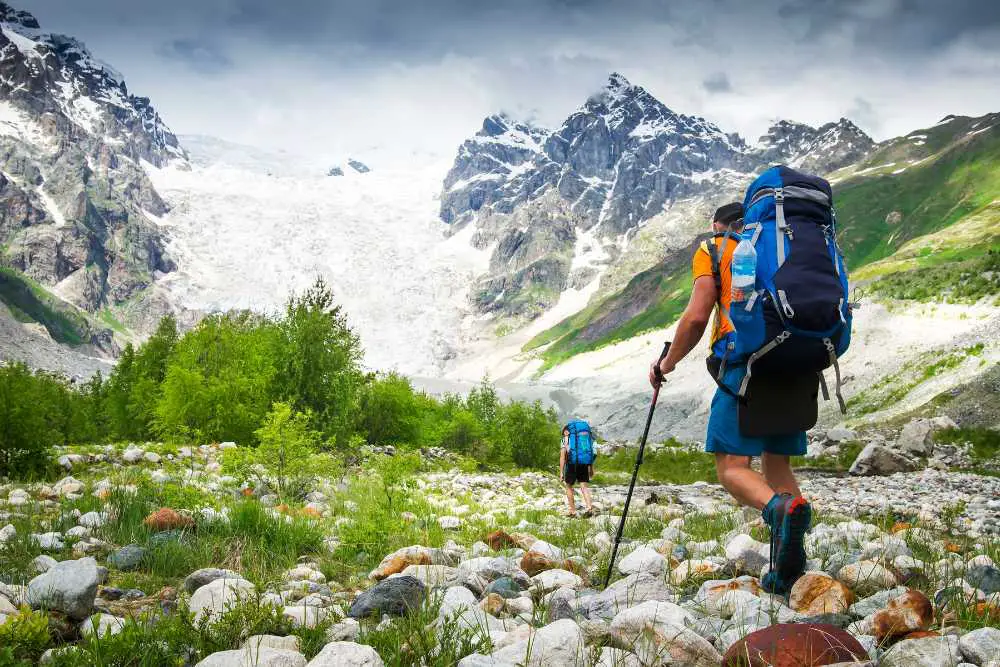
- Weather:
Rain, snow, and extreme temperatures can all wreak havoc on your backpack.
Water can seep into seams and zippers, causing damage to electronics, clothing, and other gear.
Extreme heat or cold can also affect the integrity of materials and weaken straps and buckles.
- Rough Terrain:
Hiking often involves traversing rocky, uneven terrain. This can cause abrasions and tears in your backpack, as well as put pressure on straps and buckles.
- Wildlife:
Depending on where you hike, you may encounter wildlife that could damage your backpack. Animals such as rodents, bears, and birds can all pose a threat to your gear.
- Human Factors:
Unfortunately, not everyone on the trail has good intentions.
Theft and vandalism are possible risks, particularly in areas with high foot traffic or where you’ll be leaving your backpack unattended for extended periods of time.
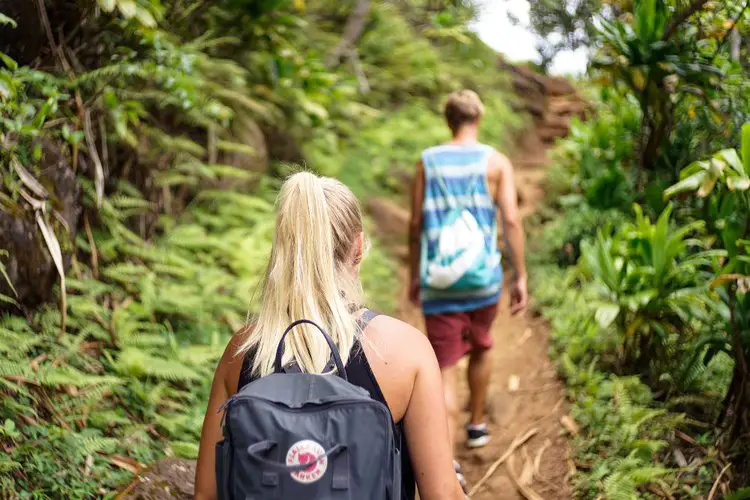
- Dirty Backpacks
Dirty backpacks can pose a health hazard, as sweat and dirt can accumulate on the fabric and create a breeding ground for bacteria and other pathogens. This can lead to skin irritation, rashes, and infections.
Furthermore, dirty backpacks can attract insects and rodents, which can damage the fabric and contaminate your gear with their droppings.
- Improperly Stored Backpacks
Improperly stored backpacks are at risk of damage from moisture, sunlight, and extreme temperatures.
Moisture can cause mold and mildew to grow on the fabric, while sunlight and extreme temperatures can cause the fabric to fade, crack, and deteriorate.
Additionally, storing your backpack in a cramped or compressed space can cause the padding to lose its shape, leading to discomfort and strain on your back.
- Improperly Used Backpacks
Improperly used backpacks can cause discomfort, pain, and even injury.
If your backpack is not adjusted to fit your body properly, the weight distribution can be off, leading to back pain and strain.
Overloading your backpack can also cause discomfort and strain on your back and shoulders, and can damage the fabric and zippers.
Finally, using your backpack in an environment where it can become snagged or torn can cause irreparable damage, leaving you without a reliable gear source in the middle of your trip.
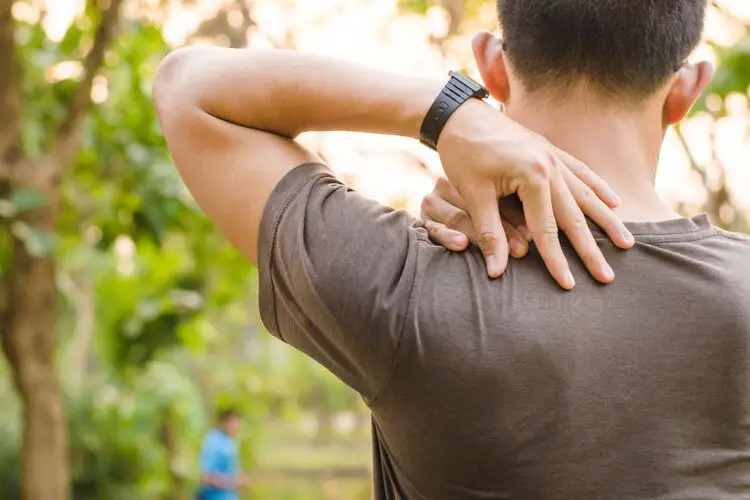
Protecting Your Hiking Backpack
Now that we’ve identified some of the dangers of hiking backpacks, let’s explore ways to protect your gear on the trail.
The following tips can help you safeguard your backpack and minimize the risk of damage or theft.
1. Invest in a Waterproof Cover or a Rainfly

To protect your backpack from rain or snow, consider investing in a waterproof cover.
These covers fit over your backpack and can keep water from seeping in through zippers and seams. Some covers even have extra features such as reflective strips or built-in backpack rainfly.
Similar to a waterproof cover, a rainfly is designed to protect your backpack from rain or snow.
However, a rainfly is specifically designed for backpacks and typically has a more tailored fit. Some backpacks even come with a built-in rainfly.
- UPGRADED BUCKLE STRAP: Keep backpack rain cover in position, Prevent backpack cover from sliding...
- HIGH-LEVEL WATERPROOF: Our backpack cover is made of 210t TAFFETA mixed material features...
- 4-LAYER CONSTRUCTION: External fabric of backpack cover is rip-resistant that protecting backpack...
Last update on 2023-11-10 / Affiliate links / Images from Amazon Product Advertising API
What to prepare:
- A waterproof cover suitable for your backpack’s size ( or a rainfly)
What to note:
- Check the cover’s compatibility with your backpack size and design before purchasing
Step-by-step instruction:
- Purchase a waterproof cover suitable for your backpack’s size
- Fit the cover over your backpack, making sure it’s snug and covers all openings
- Adjust the straps and buckles as needed to secure the cover in place
2. Add Extra Padding
To protect your backpack from rough terrain or wildlife, consider adding extra padding.
You can purchase foam padding inserts or use items like extra clothing, towels, or blankets to cushion your gear.
What to prepare:
- Foam padding inserts or extra clothing, towels, or blankets
What to note:
- Make sure the padding doesn’t add too much weight or bulk to your backpack
- Don’t overstuff your backpack, as this can put extra strain on straps and buckles
Step-by-step instruction:
- Purchase foam padding inserts or gather extra clothing, towels, or blankets
- Place the padding inside your backpack, focusing on areas that are most susceptible to damage
- Adjust the straps and buckles as needed to distribute the weight evenly and avoid overstuffing your backpack
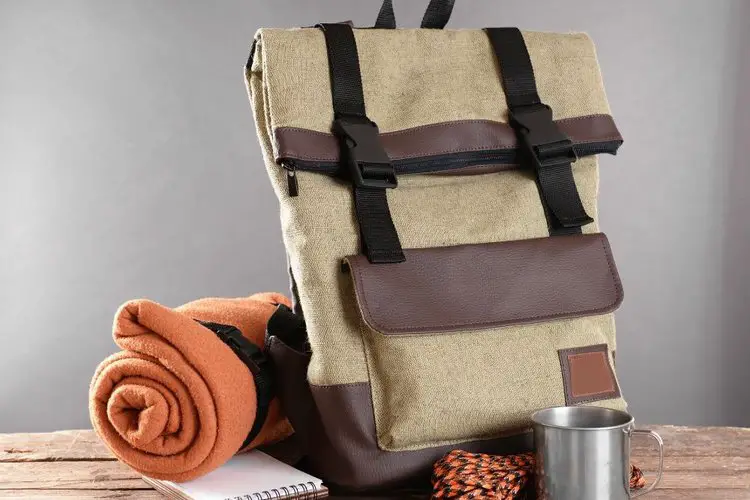
3. Use a Lock
To prevent theft or vandalism, consider using a lock to secure your backpack.
There are a variety of locks available, from combination locks to key locks, so choose one that suits your needs and preferences.
Learn how to lock your hiking backpack with our foolproof guide and hike with peace of mind.
- TSA approved luggage lock enables screeners with the ability to inspect and relock luggage without...
- Set your own three-digit combination luggage lock; TSA lock is best used as a luggage lock or...
- Travel lock is constructed with a metal body for durability and a vinyl covered cable for resistance...
Last update on 2023-11-10 / Affiliate links / Images from Amazon Product Advertising API
What to prepare:
- A lock suitable for your backpack’s design and lock type preference
What to note:
- Make sure the lock is compatible with your backpack’s design and materials
- Keep the lock key or combination in a safe and secure place

Step-by-step instruction:
- Purchase a lock suitable for your backpack’s design and lock type preference
- Secure the lock to the backpack’s zipper pulls or buckles
- Keep the lock key or combination in a safe and secure place
4. Cleaning Your Hiking Backpack
After each use, it’s essential to clean your backpack to prevent dirt and sweat from accumulating on the fabric.
Check out our guide on how to wash a hiking backpack to keep it clean and fresh for your next adventure.
- To clean your backpack, start by emptying it and brushing off any dirt or debris.
- Then, use a mild detergent and water to wash it down.
- Make sure to rinse the backpack thoroughly and avoid using harsh chemicals that could damage the fabric or waterproofing.
- Once cleaned, allow your backpack to air dry in a cool, dry place before storing it.
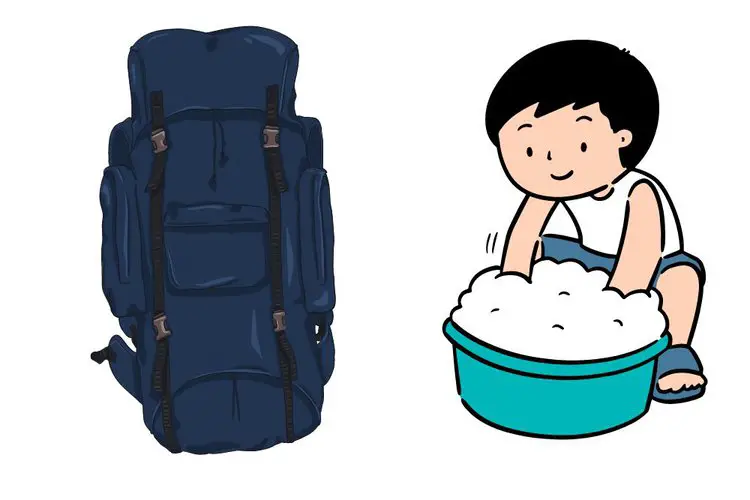
5. Storing Your Hiking Backpack
Properly storing your hiking backpack is key to maintaining its quality and durability.
Check out our article on how to store a hiking backpack to ensure it’s ready for your next adventure.
Make sure your backpack is completely dry before storing it and avoid exposing it to direct sunlight or extreme temperatures.
Store your backpack in a cool, dry place and avoid crushing or bending it.
Consider hanging your backpack to keep it off the ground and allow air to circulate around it.
If you’re storing your backpack for an extended period, loosen the straps to prevent the padding from compressing and losing its shape.
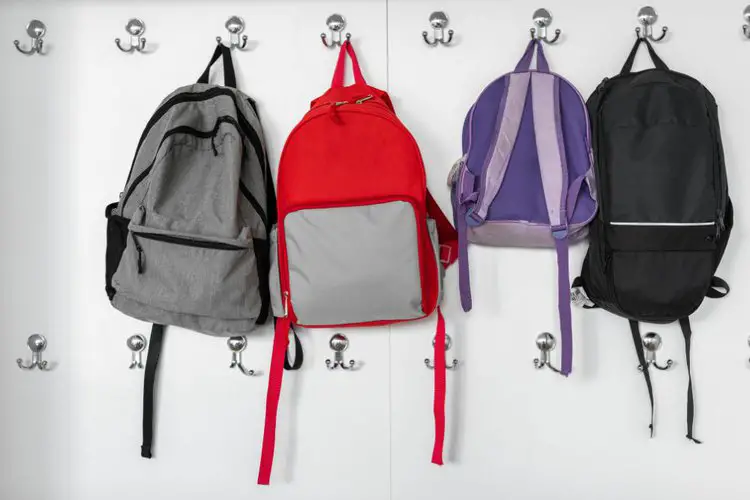
6. Using Your Hiking Backpack Properly
Using your backpack properly on the trail can help prevent damage and discomfort.
Start by adjusting the straps to fit your body properly and distribute weight evenly.
When packing your backpack, place heavy items at the bottom and distribute weight evenly to prevent strain on your back.
Avoid overloading your backpack, as this can cause damage to the fabric and strain your back.
Finally, always be mindful of the environment and respect the trail by avoiding damaging plants and leaving no trace behind.
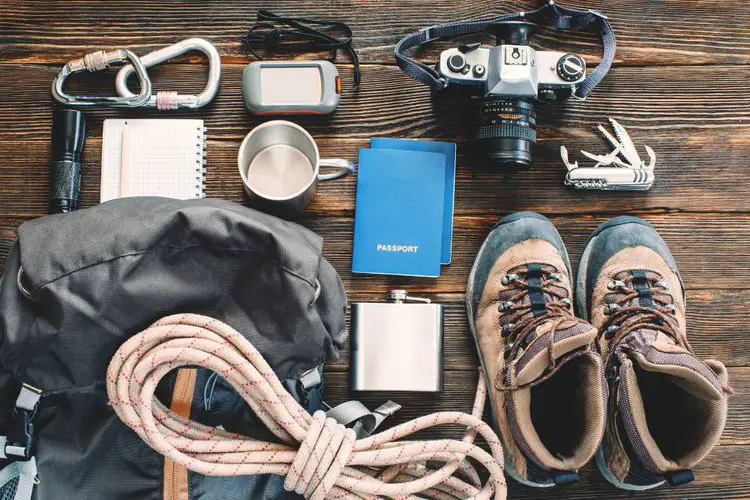
Conclusion
Your hiking backpack is an essential piece of equipment on the trail, but it’s important to protect it from the various dangers that can threaten your gear.
By investing in a waterproof cover or rainfly, adding extra padding, and using a lock to secure your backpack, you can minimize the risk of damage or theft.
Whether you’re a seasoned hiker or just starting out, these tips can help you keep your gear safe and make the most of your time on the trail.
In conclusion, protecting your hiking backpack is crucial to ensure that your gear stays intact while you are on the trail.
Be sure to invest in the right gear, and take the necessary precautions to protect your backpack from the elements, rough terrain, wildlife, and human factors.
By doing so, you can enjoy a safe and comfortable hike while knowing that your gear is secure.

